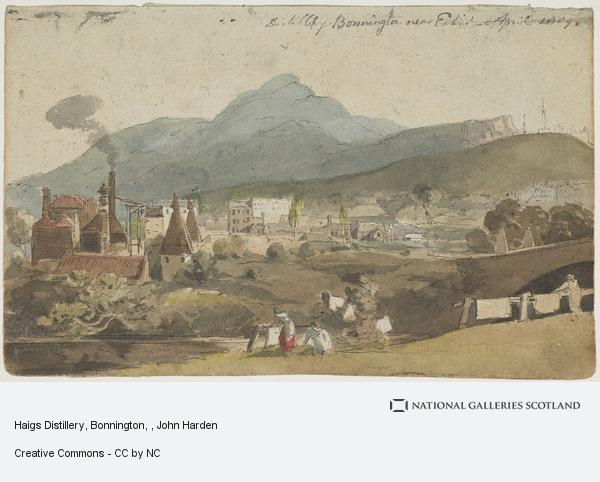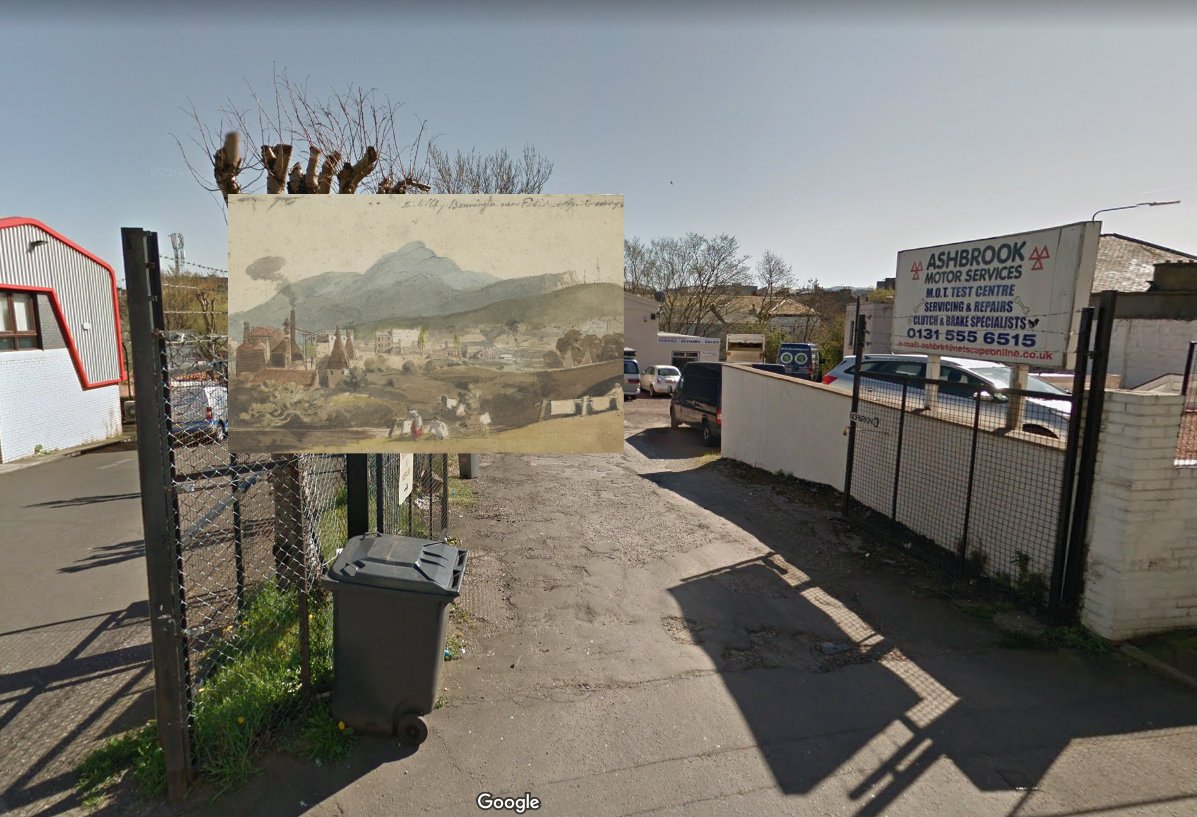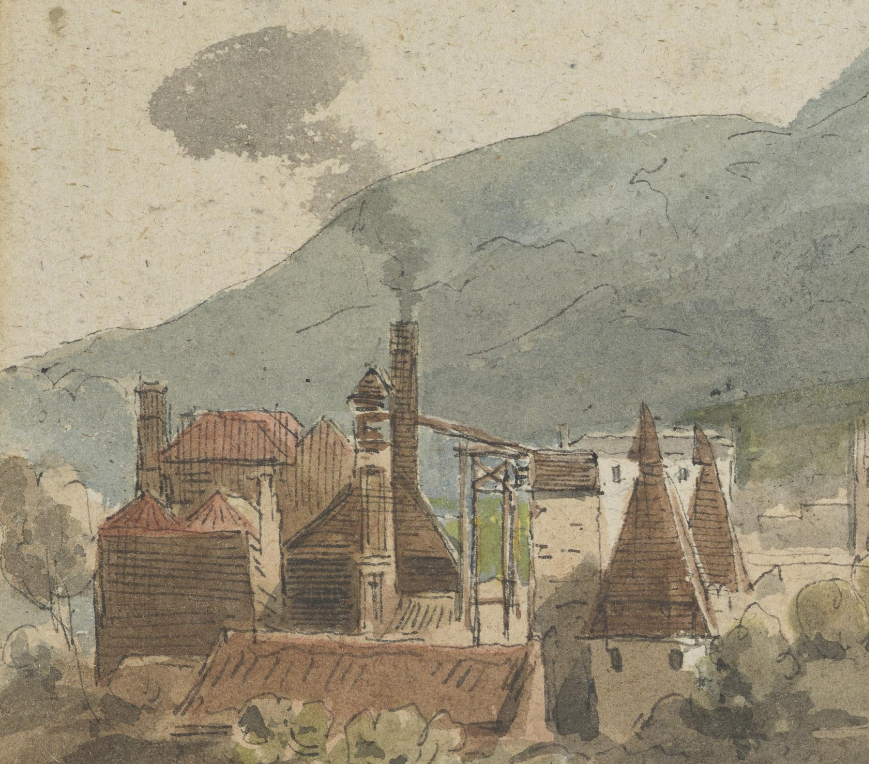
I'm pleased to bring you a few more suggestions as to how you can really up your #greyplague game. First of all, try an all grey and white exterior and hard landscaping. Make sure any grass is actually astroturf, and consider painting your shed grey and white too. 



Make sure the big light in your kitchen is so powerful that all you can see is blinding white light bouncing off of everything. Accessorise with gloss black, remember white and black = grey. 



• • •
Missing some Tweet in this thread? You can try to
force a refresh


























